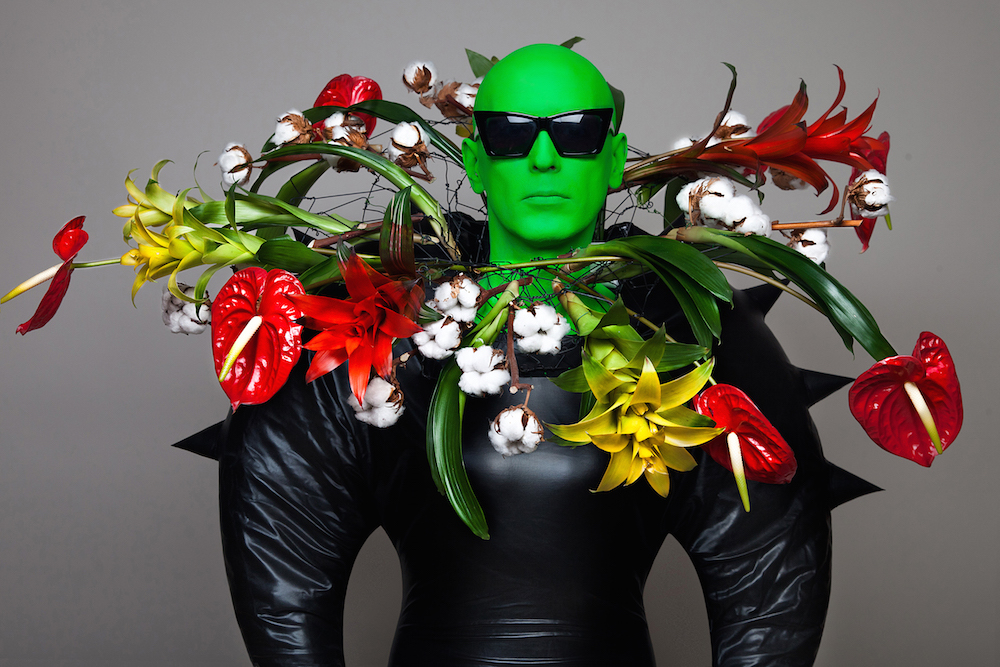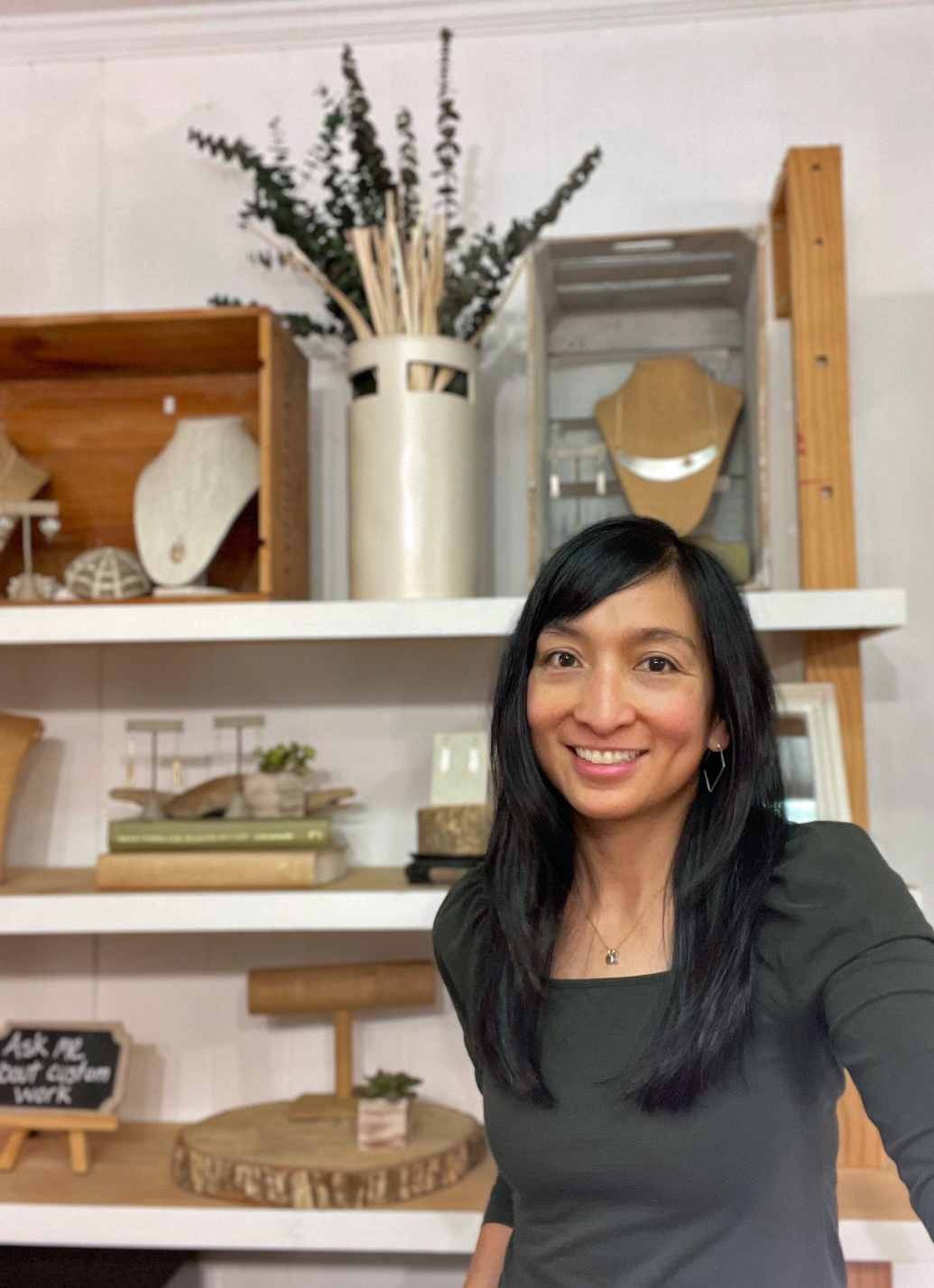Much of the work included in the international exhibition Costume at the Turn of the Century 1990-2015 would fall into the avant-garde category — work that is new and experimental. “As soon as you develop something, it’s already passed,” says Igor Roussanoff, visiting professor of drama at UNC Asheville. That’s the paradox of teaching avant-garde design. “So what you do is you teach appreciation for the art, in the widest way. About music, about culture, about politics, about society, about everything.”
He continues, “And of course if you’re teaching costume, you have to teach the history of costume design. But if you only teach the history of costume, without everything else, it’s not going to work.”
There’s a little bit of everything in Costume at the Turn of the Century, the largest display of costumes and costume design from the turn of this century. The original exhibit was curated by Roussanoff and displayed in Moscow last year. The version on view at UNCA through Wednesday, Sept. 28 — the exhibition’s U.S. debut — includes many of the same designs and highly insured costumes from more than 300 designers representing 31 countries. The collection also comprises original renderings, theatrical production photographs, videos, and — sharing space with the creations of highly regarded professional artists — work from Roussanoff’s students at UNCA and the National Academy of Chinese Theatre Arts, where he taught in July.
The exhibit, which opened earlier this month, can be found in multiple locations throughout the UNCA campus, including the second floor of Zeis Hall, the Cooke and Blowers galleries and the Highsmith Art and Intercultural Gallery. There’s a striking leather-armored raven costume from Serbian designer Angelina Atlagic, a gender-bending Shakespearean costume from Oregon-based artist Alexandra Bonds and structural adornment pieces made from scrap wood by UNCA alumnus Carley Brandau, whose work was also part of the Moscow show.
The aim of the exhibition is to examine costumes around the millennium, but Roussanoff is quick to clarify that he is not interested in analyzing any sort of trend during this period. Instead, he says it is important to understand the costumes in the context of their respective cultures. For example, viewers might not realize that “in Egypt, for a man to take his shirt off, it’s avant-garde,” Roussanoff says. “It’s not about promoting some trend, it’s about seeing the whole picture.”
Roussanoff, who was born in Ukraine and immigrated to the United States in the ’80s, has been working in and teaching costume design for more than 20 years. His motivations for undertaking the project are rooted in education and tolerance, so it’s significant that so many countries are represented in Costume at the Turn of the Century. “We are living in a very diverse society,” he says. “We have Ukrainian artists in the exhibit and Russian artists in the exhibit. Those countries are in a war situation, but it’s not about war. The war will be over at some point, and the great thing is that artists understand that. They know it’s not the artists making this war, but the politicians.”
Former UNCA student Taylor Pico, who is now an MFA candidate in costume design at Mason Gross School of the Arts, visited the original exhibition in Moscow last summer. She describes the experience as diverse and overwhelming. “Whether it’s design aesthetic or even rendering style, it’s important to see what other artists from other countries are doing,” says Pico. “It was definitely inspiring.”
Photos, artist descriptions and more information about Costume at the Turn of the Century 1990-2015 can be found at worldcostumedesign.com.
WHAT: Costume at the Turn of the Century 1990-2015
WHERE: Throughout UNCA campus, including the second floor of Zeis Hall, Cooke and Blowers galleries and the Highsmith Art and Intercultural Gallery
WHEN: Through Wednesday, Sept. 28. Free. avl.mx/2v4





